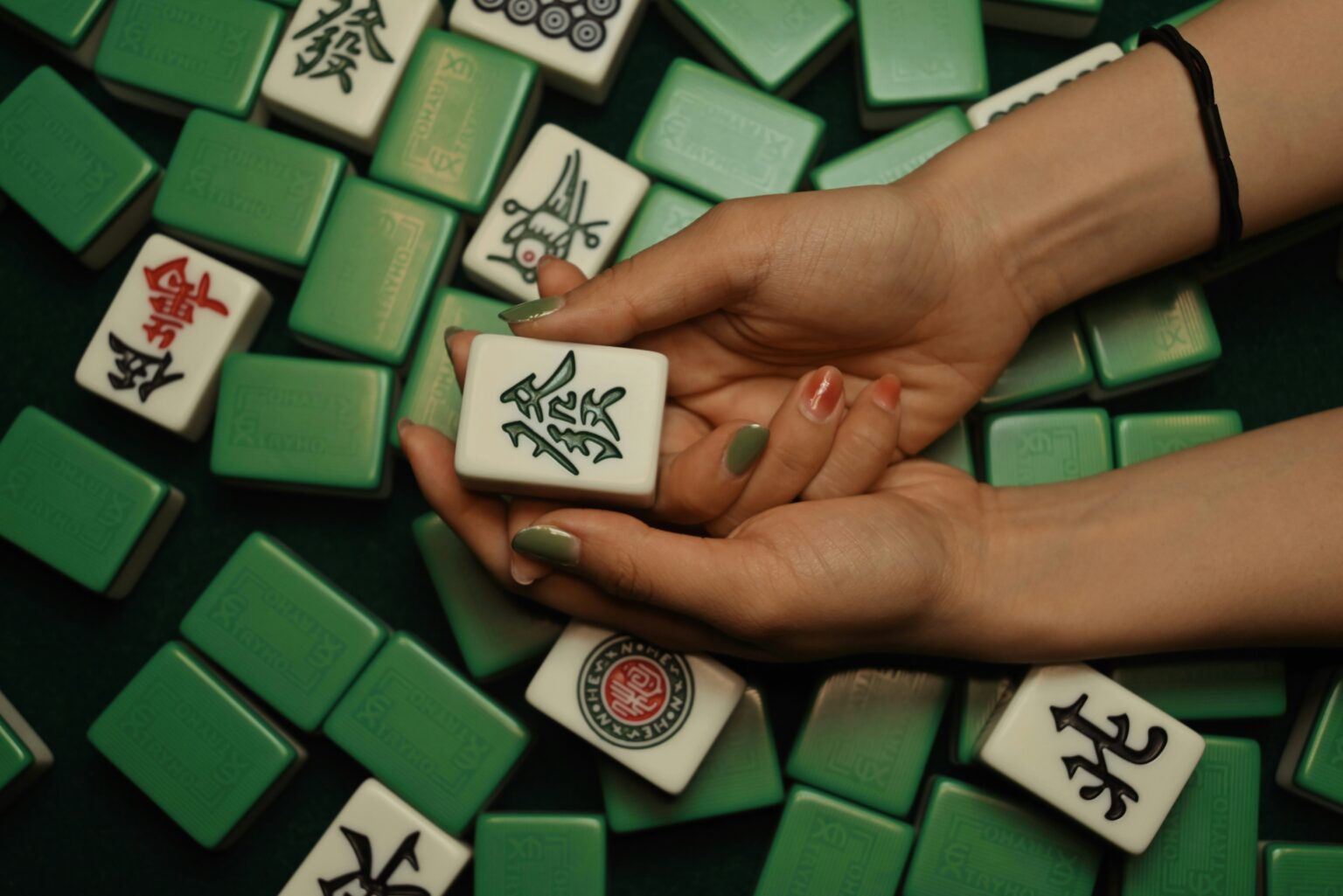Picture this: it’s Sunday evening, and you have a choice. You could gather three friends around your dining table, shuffle ceramic tiles, and build walls the traditional way. Or you could pull out your phone, open an app, and instantly connect with players from around the world. Both options offer the same beloved game of mahjong, yet each provides a completely different experience that serves different needs in our modern lives.
Mahjong has successfully adapted to our touchscreen era without losing its soul. The game that has entertained families for centuries now reaches new audiences through digital platforms, while traditional physical play continues to flourish.
The Timeless Appeal of Physical Play
Physical mahjong tiles carry a weight and presence that creates an almost meditative experience. When you shuffle tiles at the start of a game, the clicking sounds and smooth textures engage your senses in ways that ground you in the moment. Each tile feels substantial in your hand, and the act of building walls becomes a ritual that prepares your mind for strategic thinking.
On top of that, the social dynamics around a physical table create natural opportunities for conversation and connection. Players develop reading skills that extend beyond the tiles themselves while watching facial expressions, noticing body language, and picking up on subtle tells that reveal information about opponents’ hands. These interpersonal elements add layers of complexity that make each game unique.
Another thing that physical mahjong brings is a break from screen time that many people actively seek. The game demands focused attention without the distractions of notifications, pop-ups, or other digital interruptions. This creates a peaceful mental space where players can fully engage with both the game and their companions.
The Digital Revolution: Accessibility and Innovation
Digital mahjong platforms have transformed how people discover and enjoy the game. Apps and websites like Mahjong365 online have made it possible for anyone to learn the rules, practice strategies, and play regardless of their location or schedule. This accessibility has introduced mahjong to countless new players who might never have encountered the physical version of the game.
Online platforms are great at teaching the game through interactive tutorials, hint systems, and practice modes that let beginners learn at their own pace. The instant feedback and rule enforcement help new players avoid common mistakes while building confidence in their abilities.
Digital versions also solve the practical challenges that sometimes limit physical play. Finding three other players, scheduling coordinated time, and having physical space for a table can be difficult. Online mahjong removes these barriers, allowing people to enjoy the game whenever the mood strikes.
The global connectivity of digital platforms creates opportunities for cultural exchange that physical play can’t match. Players can experience different regional variations of mahjong, learn from international strategies, and connect with enthusiasts from diverse backgrounds.
Strategic Learning Across Formats
Both physical and digital versions of the game contribute to its rising popularity and development. Playing the physical game improves memory skills as players must track discarded tiles without digital assistance. The manual process of organizing and reorganizing hands helps develop spatial reasoning and pattern recognition skills.
Digital platforms offer analytical tools that can accelerate learning. Many apps provide statistics on playing patterns, highlight optimal moves, and offer replay features that let players study their games afterward. These features help players understand strategic concepts more quickly than traditional learning methods alone. According to a 2023 study, younger adults who played strategy-based games had better working memory than those who played other games or non-gamers.
With more than 40 iterations of the game worldwide, the combination of both formats creates well-rounded players. Those who play both physically and digitally often report better overall performance because each format strengthens different cognitive skills that complement each other. Building Communities in Multiple Spaces
Playing physical mahjong naturally creates intimate social circles around you. Regular games often become favorite traditions for families that bring them together. Also, they can create lasting friendships among like-minded players. The shared ritual of setting up tiles and the natural conversation breaks during play foster deep personal connections.
Digital communities operate differently but offer valuable social benefits. Online tournaments, forums, and chat features connect players with shared interests regardless of geographic distance. These platforms help preserve mahjong culture by creating spaces where enthusiasts can share strategies, discuss rule variations, and celebrate their love of the game.
Many players find that digital and physical communities reinforce each other. Online connections sometimes lead to local meetups, while physical game groups often stay connected through digital platforms between in-person sessions.
The Best of Both Worlds
Smart mahjong enthusiasts don’t choose between physical and digital play because they simply embrace both. Each format strengthens skills that transfer to the other, creating a richer overall understanding and appreciation of the game.
It doesn’t matter if you’re clicking tiles on a touchscreen during your commute or hearing the satisfying clack of ceramic pieces around a table with friends. The most important thing is that you’re participating in the same centuries-old tradition of strategic thinking, pattern recognition, and social connection. The medium may change, but the joy of a well-played hand remains constant.

Conclusion
Mahjong’s success in both physical and digital formats proves that great games transcend their medium. Each version offers unique pleasures and serves different aspects of our modern lives, from the tactile meditation of physical tiles to the instant accessibility of touchscreen play. Together, they ensure that this ancient game continues to bring people joy, challenge, and connection in whatever form suits their needs best.

















